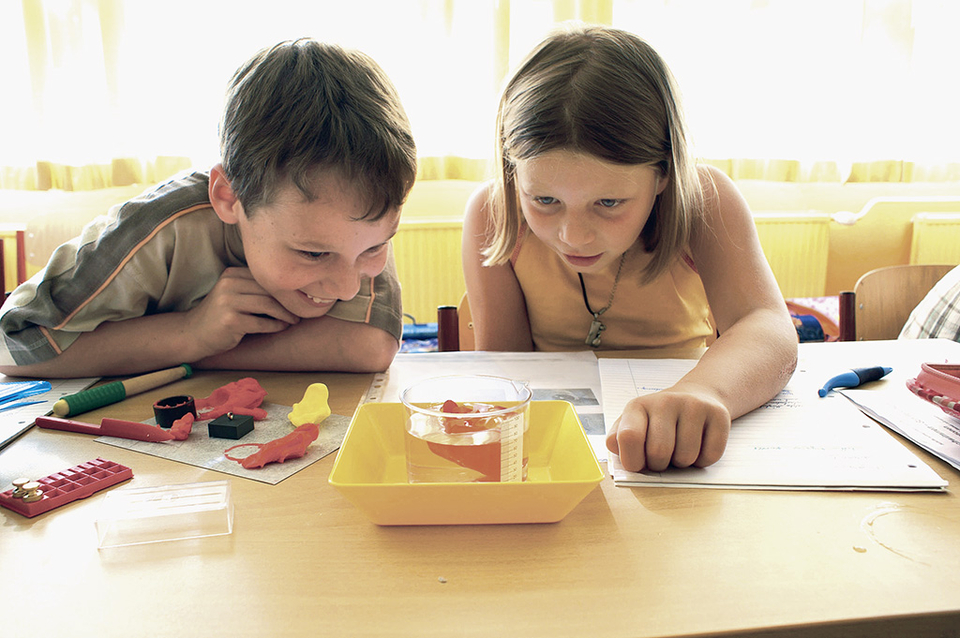Explore the world with fun in the classroom

Where's the rainwater? Is air nothing? When do our ships sink? Why does our lamp light up? Can light go around the corner?
With the red suitcases, the children can get to the bottom of these and other exciting questions. The experiments are based on the everyday experiences of the students and support the individual development of scientific phenomena.
Light the discovery fire
Children love experiments. They explore their world from an early age, initially in a playful way with the aim of answering a question or solving a problem. This urge to research has to be maintained in order to lead the students to individual learning success with planned and targeted experiments.
A pretty experiment is often more valuable in itself than twenty formulas developed in the retort! Albert Einstein
With our red suitcases for the subject lesson, every experiment hour can be prepared and carried out very simply - simply get the suitcase off the shelf, provide content and start experimenting directly in the classroom.
Lesson types
You have the choice of learning at stations, a weekly schedule or group work, the cases are ideally suited for every modern form of teaching. Learning at stations in particular gives you the opportunity to work successfully with age- and performance-differentiated classes.